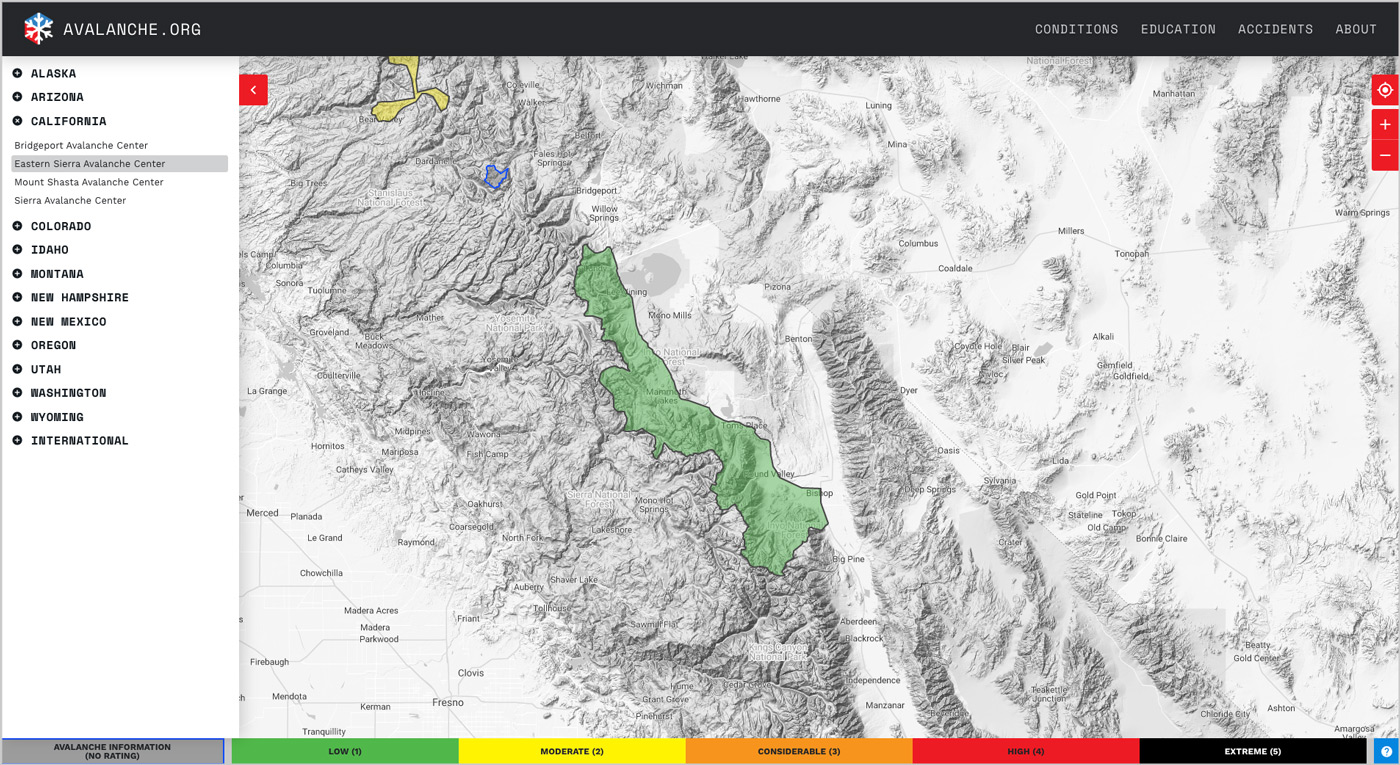Winter Activities Series: Best Conditions for Downhill Skiing and Snowboarding
Whether you are new to the slopes, introducing your family to the sport, or hit the slopes often, please keep some tips in mind for finding the best ski and snowboard conditions this winter.
Ideal Skiing Weather
Safe skiing conditions can be hard to find with the rapidly changing weather we see in the mountains. Look for these conditions when planning your ski days.
Plenty of sunshine – This helps increase visibility when you’re whizzing down the mountain! But wear plenty of sunscreen, reapply often, and wear high-sun ski goggles to protect your eyes. Sunny days are even brighter when the sun bounces off the snow and can increase your chances for eye and skin damage.
Low winds – Strong winds can make a mild day feel extremely cold, but the blowing snow can cause dangerous white-out conditions. Blizzard conditions can extremely reduce visibility to the point that you lose your group or make a wrong turn toward an unsafe route down the mountain. Since wind conditions change frequently in the mountains, you can even pack your portable anemometer so you can check the conditions often! Bonus: The sensor includes altitude measurements, so you can track your elevation gain, too!
Mild temperatures – Bitterly cold is no fun while you’re out in the elements, even if you have the latest and greatest heat-trapping gear to keep you warm. Temperatures in the 30s to low-40s make for comfortable skiing conditions. Too warm and the snow starts to get slushy and sticky, too cold and you just can’t keep your face warm when stuck on the slow chair lift.
Check the before you go:
Visit weather.gov to find the local weather forecast before you hit the slopes. Weather apps are convenient, but especially when you are traveling, check with the local experts from the National Weather Service on the current weather conditions and near-term weather forecast. Trust the experts, so you are aware of the conditions and any potential dangers before you gear up and get out there. If you don’t know the local conditions, you can find regional skiing weather forecasts from OpenSnow.com. OnTheSnow.com is another excellent resource for snowfall totals and local conditions.
Avalanche Preparedness:
Avid backcountry explorers should take the Avalanche Courses offered by Avalanche.org or other avalanche preparedness organizations. But if you find yourself lost on the slopes or in an avalanche-prone area, ready.gov highlights a few necessary precautions you can take to be prepared. Simple precautions such as:
• Wear a helmet to help reduce head injuries and create air pockets if you become suck or buried under snow.
• Cell phones often don’t work in the mountains – so wear an avalanche beacon to help rescuers locate you.
For more tips visit: https://www.ready.gov/avalanche
Know the Snow and Terrain
It is advised to stay away from areas of increased risk, such as slopes steeper than 30 degrees or areas under these steep slopes. Identify areas under increased avalanche threat from local experts. The map created by Avalanche.org is a great resource to use, whether you’re heading out on familiar terrain or traveling to new locations. The map shows areas of potential danger while also includes the links to the local expert facility for that region. Conditions change often so check before you go!
Tree wells are dangerous for those who like to ski or board in the trees. For more information on the dangers of tree wells, please visit deepsnowsafety.org.
Share and Discuss!
Share your favorite skiing weather or snowboarding weather conditions in the comments below! What do you consider the best skiing weather? What were your worst skiing conditions? Anyone have any avalanche stories to share?








